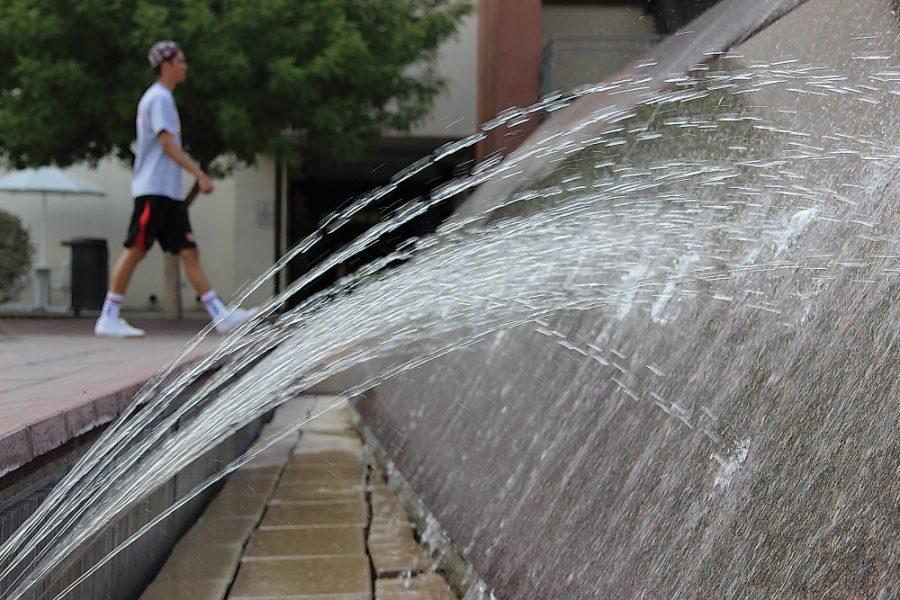In collaboration with multiple universities, UA researchers are working to clarify discrepancies in various studies regarding the future of the Colorado River.
In previous studies, researchers have said the water flow of the river will decrease anywhere from 6 percent to 45. In a research paper entitled, “Understanding Uncertainties in Future Colorado River Streamflow,” researchers reviewed studies in order to explain the differences in the estimates.
Although their study, funded by the National Oceanic and Atmospheric Administration through its Regional Integrated Sciences and Assessments Program, does not offer any projections of its own, it provides context to policy makers and water managers when they go to make decisions concerning the Colorado, said Julie Vano, the first author of the study.
“The studies, for good reasons, used different models, different inputs — they approached the problem differently,” said Holly Hartmann, director of the Arid Lands Information Center at UA and co-author of the study. “So, the numbers that were coming out of those studies showed a wide range of results.”
The river, which serves as the principle watercourse in the Southwest, originates from La Poudre Pass Lake in Rocky Mountain National Park. The water flows through Colorado, down to Utah, Nevada, California, Arizona, and Sonora, Mexico. While an ongoing drought in the Colorado River Basin is partly to blame for the river’s low flow at present, future increases in average temperature will drive streamflow even lower in the coming decades, Vano said.
One of the primary reasons for the differences in projections is the fact that different studies used different global climate models, according to Brad Udall, director of the Getches-Wilkinson Center for Natural Resources, Energy and the Environment at the University of Colorado Law School.
However, all of the global climate models showed a temperature rise, he added.
Another key factor was the way in which the researchers “downscaled” the global climate projections to the regional level.
According to Vano, also accounting for the previous studies’ discrepancies were the disparate ways the researchers quantified the amount of precipitation that is introduced to the river via its headwaters, as well as the way in which the river’s “land surface hydrology” was represented.
The various models, Vano said, had differences in the way they expected the precipitation to infiltrate the soil or be absorbed by plants.
In addition to looking at future projections, the team gained historical perspective by analyzing tree-ring data that offer clues about the climate of the past.
“Water is at the base level of the things we need,” Hartmann said. “We’re doing research to provide better information to the folks whose job it is to manage the risks associated with variation and change in our water supplies so that your average person doesn’t have to worry when they go to turn on the tap, ‘Will there be water there?’”









